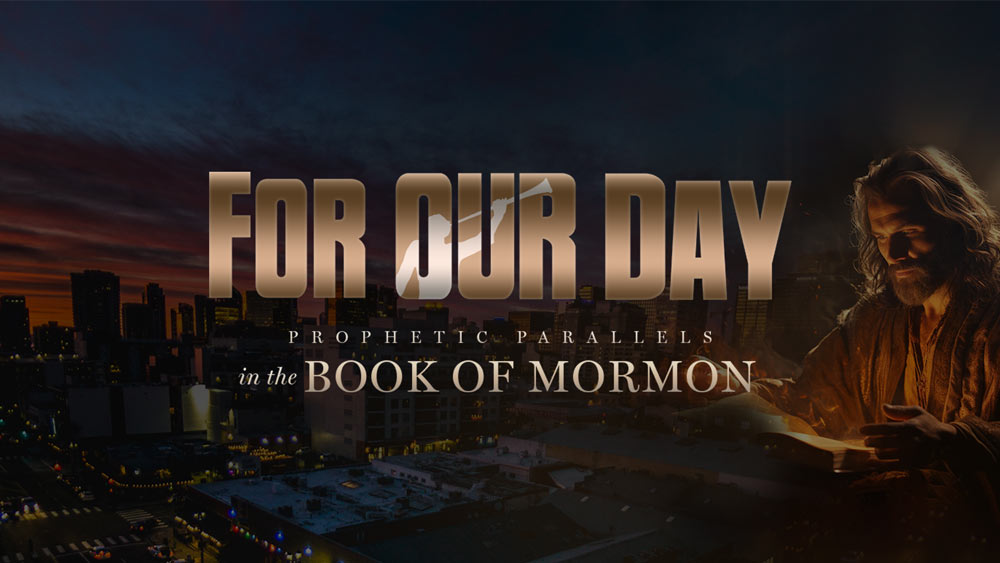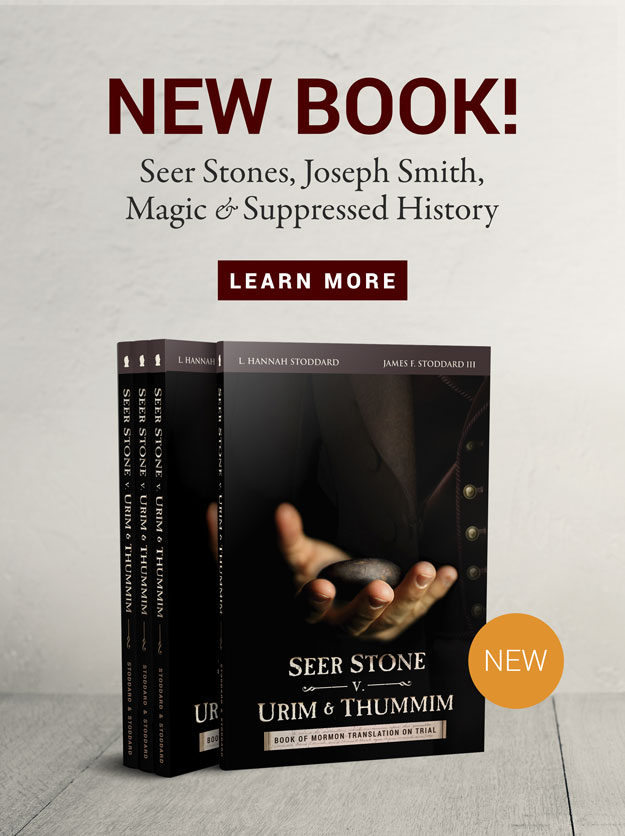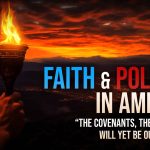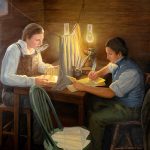Witch Trials & Modernist History
Historian David Barton explained:
Modernism is the practice of analyzing historical incidents and persons as if they lived now rather than in the past. Modernism separates history from its context and setting – a practice that regularly produces flawed conclusions.
An illustration of Modernism is the manner in which today’s textbooks uniformly portray the colonial Puritans as intolerant Christians because of the witch trials in which twenty-seven individuals died. But universally ignored is the fact that witch trials were occurring across the world at that time, not just in America; and in Europe alone, 500,000 were put to death,1 including 30,000 in England, 75,000 in France, and 100,000 in Germany. 2 Additionally, the American witch trials lasted two months, but the European trials lasted for years. 3 Furthermore, the Massachusetts witch trials were brought to a close when Christian leaders such as the Rev. John Wise, the Rev. Increase Mather, and Thomas Brattle challenged the trials because Biblical rules of evidence and Due Process were not being followed in the courts. 4 Consequently:
The trials were stopped by Governor Phipps in October, 1692, and five years later the Massachusetts Court publicly repented and set apart a special day of fasting and prayer, that prayers might be offered, asking for forgiveness for “the late tragedy raised amongst us by Satan,” while the twelve jurors published a declaration of sorrow for accepting insufficient evidence against the accused, and Judge Sewall rose in his pew in the South Church and made public confession of his sense of guilt. 5
This is no attempt to defend the inexcusable twenty-seven deaths, but it is undeniable that the so-called “intolerant” conduct of the Puritans was light-years ahead of their “enlightened” contemporaries throughout the rest of the “civilized” Old World of Europe. As early church historian Charles Galloway affirmed, when the Puritans “are compared to their brothers in England and all Europe, they stand out as reformers of the most advanced and majestic type.” 6 (David Barton, John Adams: Was He Really an Enemy of Christians? Addressing Modern Academic Shallowness, http://www.wallbuilders.com/libissuesarticles.asp?id=89988)
Related Resources
- William Warren Sweet, The Story of Religion in America (New York: Harper & Brothers, 1950), p. 61.
- Charles B. Galloway, Christianity and the American Commonwealth (Nashville: Publishing House Methodist Episcopal Church, 1898), p. 110
- Charles B. Galloway, Christianity and the American Commonwealth (Nashville: Publishing House Methodist Episcopal Church, 1898), p. 110
- Dictionary of American Biography, s.v. “Mather, Increase” and “Brattle, Thomas.” See also “The Salem Witch Trials: Reason Returns,” Court TV: Crime Library (accessed on February 3, 2011).
- William Warren Sweet, The Story of Religion in America (New York: Harper & Brothers Publishers, 1950), p. 62.
- Charles B. Galloway, Christianity and the American Commonwealth (Nashville: Publishing House Methodist Episcopal Church, 1898), p. 90.







